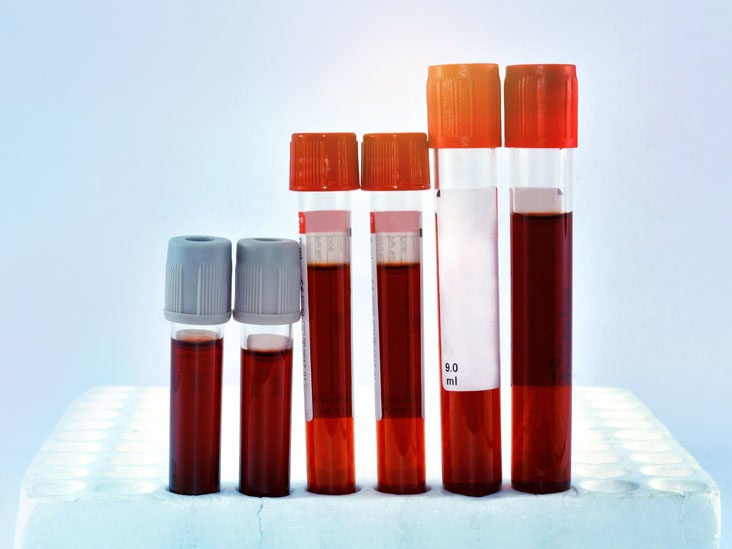

It does not account for the mass of the red blood cells, and thus the changes in mass can alter a hematocrit level or go undetected while affecting a subject's condition. While known hematocrit levels are used in detecting conditions, it may fail at times due to hematocrit being the measure of concentration of red blood cells through volume in a blood sample. Subjects may experience a more than normal amount of hemorrhaging, hematoma, fainting, and possibly infection. There are some risks and side effects that accompany the tests of hematocrit because blood is being extracted from subjects. Through differential spectrophotometry, the differences in optical densities of a blood sample flowing through small-bore glass tubes at isosbestic wavelengths for deoxyhemoglobin and oxyhemoglobin and the product of the luminal diameter and hematocrit create a linear relationship that is used to measure hematocrit levels. Īnother way of measuring hematocrit levels is by optical methods such as spectrophotometry. Since a tube is used, this can be calculated by measuring the lengths of the layers. The volume of packed red blood cells divided by the total volume of the blood sample gives the PCV. The packed cell volume (PCV) can be determined by centrifuging EDTA-treated or heparinized blood in a capillary tube (also known as a microhematocrit tube) at 10,000 RPM for five minutes. An estimated hematocrit as a percentage may be derived by tripling the hemoglobin concentration in g/ dL and dropping the units. The hematocrit is slightly more accurate, as the PCV includes small amounts of blood plasma trapped between the red cells. Calculated hematocrit is determined by multiplying the red cell count by the mean cell volume. With modern lab equipment, the hematocrit can be calculated by an automated analyzer or directly measured, depending on the analyzer manufacturer.

Both are potentially life-threatening disorders.

An abnormally low hematocrit may suggest anemia, a decrease in the total amount of red blood cells, while an abnormally high hematocrit is called polycythemia. Hematocrit levels that are too high or too low can indicate a blood disorder, dehydration, or other medical conditions. It is a part of a person's complete blood count results, along with hemoglobin concentration, white blood cell count and platelet count.īecause the purpose of red blood cells is to transfer oxygen from the lungs to body tissues, a blood sample's hematocrit-the red blood cell volume percentage-can become a point of reference of its capability of delivering oxygen. The measurement depends on the number and size of red blood cells. The hematocrit ( / h ɪ ˈ m æ t ə k r ɪ t/) ( Ht or HCT), also known by several other names, is the volume percentage (vol%) of red blood cells (RBC) in blood, measured as part of a blood test.


 0 kommentar(er)
0 kommentar(er)
